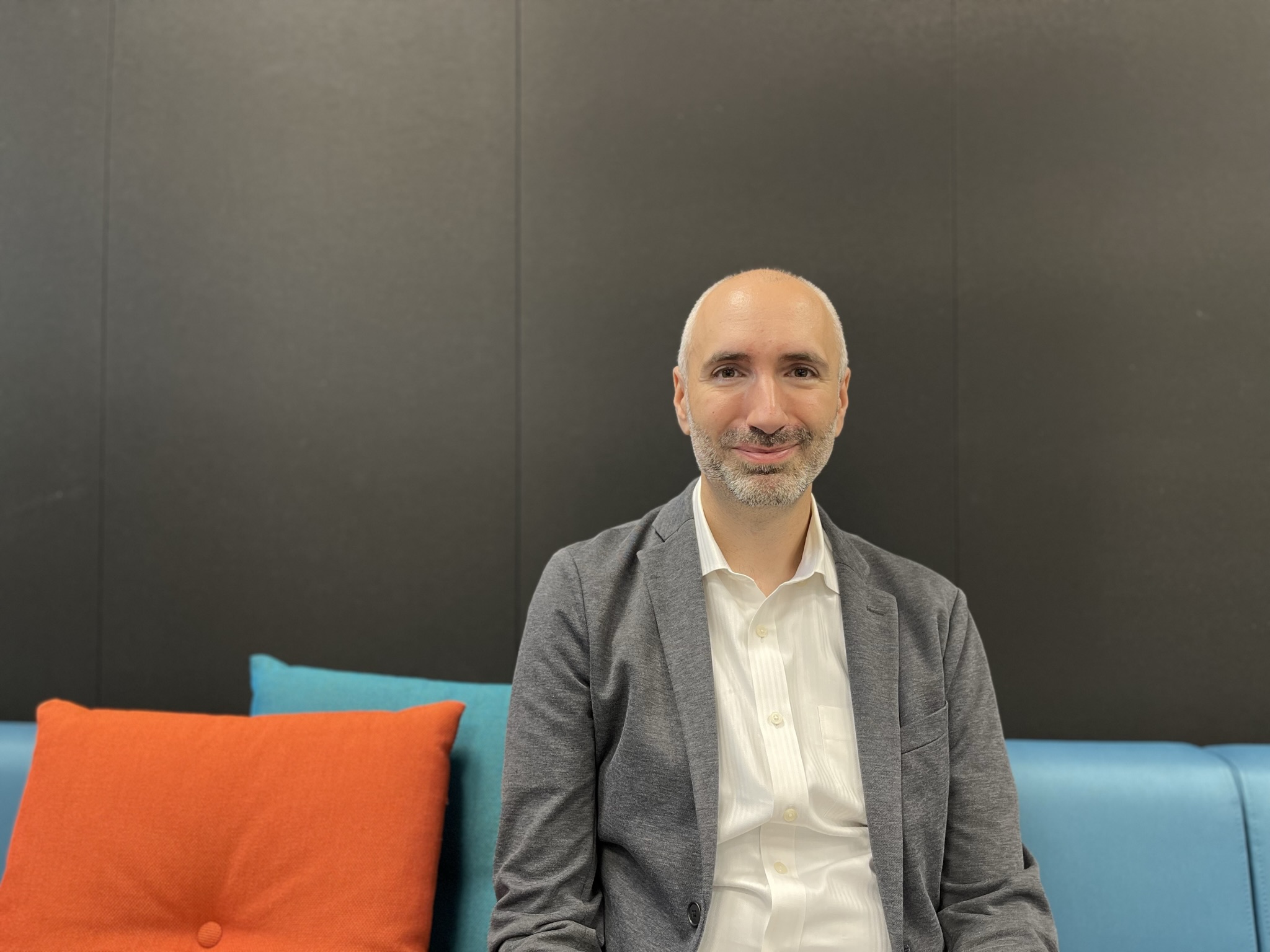Philip Vaughter, Lecturer, Sustainable Urban Design

When we did this interview, it was Philip Vaughter’s first day at HAMK: He is here to start the new degree programme called Sustainable Urban Design.
“I’m excited. I think this is a fantastic program and I’m really excited to be a part of it from its inception”, Philip says.
Philip is originally from Minnesota, United States, but before coming to Finland he worked for the United Nations University in Japan and then in the Netherlands. Philip is an ecologist by training and he has worked a lot with conservation. In Philips view, a lot of conservation is how humans use resources. And to get humans to use resources efficiently, it’s really important to look at cities and urban areas.
“They are the key to a more sustainable and resource efficient future. Simply put, it’s much easier to share resources when we’re closer to each other and we can develop systems that meet everyone’s needs without sacrificing quality of life”, Philip says, and adds:
“I do think we need to rethink of how we use space as a species. Because even though human imaginations might be infinite, the space that we have to inhabit on the planet is not.”
Even though human imaginations might be infinite, the space that we have to inhabit on the planet is not.
Philip notes that humans have the tendency to sprawl and spread out. And that is also linked to a lot of uses of things like fuel and water as well as kind of an atomization where people become isolated from one another.
Philip says that cities like Tokyo and Seoul have very high qualities of life but they are also very resource efficient. In his opinion there are great transit systems in many of the cities in Finland as well as Denmark and the Netherlands.
“The important thing is we learn from each other rather than try to put one city above all others.”
What are the main features of a sustainable city?
“Every city is a different story, but I think we need a lot more public transport, not only for the energy intensity but it is also healthier for people. Good thing is that a lot of cities are already shifting to having more green space, which is more healthy for residents and it’s also a good buffer for things like storms and flooding. But we can of course do more.”
And now in HAMK, in practice, what Philip sees he can do to make things better for for the world?
“I’d like to be bring the best practices that I’ve seen in Asia together with the best practices I’ve seen in Europe and hopefully get my students to learn from both to create even more sustainable cities.”
Working with students, Philip aims on applying knowledge.
“Universities are great places to explore theory, but I think it’s equally important that we go out into the world and practice what we’ve learned, and that’s always difficult since the world isn’t a laboratory – there are lots of variables you don’t take into account.”
The Bettermakers
At HAMK, we believe that the world can be saved with both feet on the ground. All it takes are brave people and concrete actions.
We are a team of approximately 10 000 people shaping the future of bioeconomy, health, education, business, design and technology. Our presence spans across seven campuses, online, and internationally.